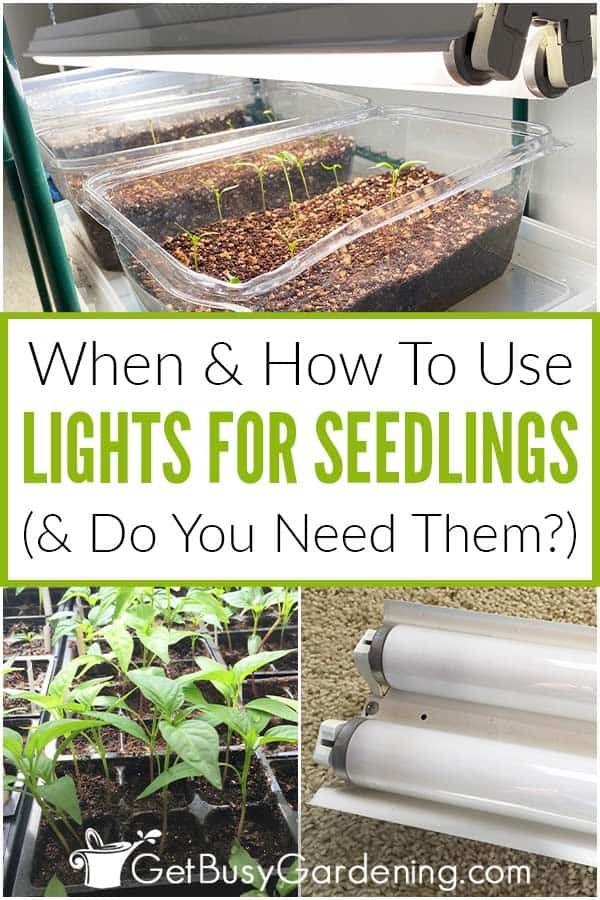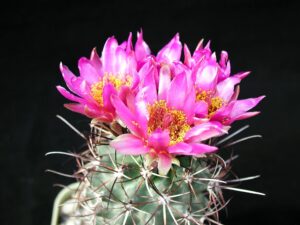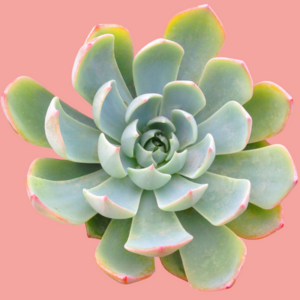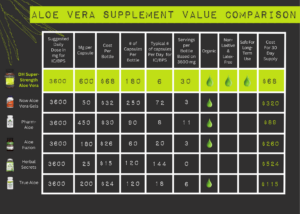Understanding the light requirements of seedlings is imperative for successful gardening. Newly germinated seeds possess delicate structures, requiring sufficient light for robust development. This article will delve into the duration and quality of light essential for nurturing seedlings, ultimately ensuring their growth into healthy plants.
The fundamental principle to grasp is that seedlings need light for photosynthesis, the process through which they convert light energy into chemical energy, fueling their growth. When seedlings receive inadequate light, they can exhibit signs of leggy growth or become pale and weak. Conversely, optimal light exposure can result in vigorous and resilient plants.
Generally, most seedlings thrive with a minimum of 12 to 16 hours of light per day. However, several crucial factors determine the precise light requirements for your seedlings, including species, growth stage, and the type of light source used. Understanding these factors will equip you with the knowledge to provide the best environment for your seedlings.
Exploring the Specific Light Needs of Different Seedlings
Every plant species is unique, possessing distinct light preferences. For instance, some vegetables, like tomatoes and peppers, relish bright light, while others, such as lettuce and spinach, can perform adequately under lower light conditions. It’s vital to identify the species you are growing to cater to their specific needs.
Additionally, seedlings that are in the flowering or fruiting stage often demand more light than those in the vegetative phase. Consequently, monitoring their developmental stage is essential for adjusting light duration accordingly. For example, if you are transitioning from seedlings to mature plants, gradually intensifying exposure to light can promote healthy growth.
Understanding Light Quality
Light quality, encompassing both spectrum and intensity, profoundly influences seedling health. Light can be categorized by its color spectrum: blue light is essential for vegetative growth, while red light encourages flowering and fruiting. Compounding this, seedlings benefit from a balanced light spectrum that mimics natural sunlight, fostering optimal growth and development.
The intensity of light also plays a crucial role in seedling growth. Insufficient light can lead to etiolation, wherein plants stretch toward the light, resulting in weak stems and impaired health. Conversely, overly intense light can cause leaf burn, a condition characterized by scorched edges and wilting. Ensuring an appropriate balance of light intensity is vital, and using a lux meter can help gauge light levels effectively.
Types of Grow Lights Available
When natural light is limited, many gardeners turn to artificial sources. Various types of grow lights cater to different needs and budgets. Understanding the nuances of each type can enhance your garden’s growth:
Fluorescent Lights: These are economical and energy-efficient, making them a popular choice among indoor gardeners. They emit a balanced spectrum of light and are particularly effective for seedlings. Plant-specific fluorescent tubes can be utilized for optimal results.
LED Grow Lights: Emerging as a versatile and long-lasting option, LED grow lights are energy-efficient and produce minimal heat, thus reducing the risk of scorching seedlings. They come in various spectrums, allowing you to customize light exposure based on specific needs.
Incandescent Lights: Generally, incandescent options are not recommended as grow lights due to their inefficiency and high heat production. They are more suited for limited illumination rather than extensive growth.
Timing and Light Cycles
Seedlings not only require adequate hours of light but also benefit from structured light cycles. A consistent 12 to 16-hour light period, followed by a dark phase of 8 to 12 hours, simulates natural day/night cycles. This routine promotes proper metabolic functions in seedlings, ensuring they receive rest, which is as vital as the light itself.
Many gardeners use timers to automate the lighting schedule, which simplifies the process. This ensures that seedlings receive consistent care, mimicking the conditions they need to flourish. In regions with limited natural daylight, especially during winter months, implementing a reliable light schedule becomes all the more crucial.
Adjusting Light Intensity and Distance
When finalizing your lighting setup, positioning the lights at the correct height is integral. Grow lights should be placed at an appropriate distance—typically 2 to 12 inches above the seedlings—depending on the type of light used. For instance, LED lights can often be placed closer to the plants without causing damage, while fluorescent lights may require greater distance to prevent scorch.
As seedlings grow, adjusting the height of your light source is also necessary. Moving the lights higher as the plants reach upward encourages them to grow strong. Consistent monitoring of seedling health will inform whether your adjustments are yielding the desired results.
Recognizing Signs of Light Stress
Understanding the signs of light stress in seedlings is paramount for effective care. If seedlings appear elongated or leggy, they may be reaching for insufficient light. Conversely, discoloration, scorched leaves, or wilting can signal that the light is too intense or improperly managed. Observing these symptoms allows for timely tweaks to your light setup, ensuring a robust growing environment.
Conclusion: Cultivating Healthy Seedlings
In conclusion, providing optimal lighting for seedlings extends beyond simply adhering to a generic schedule. Acquainting yourself with the specific needs of various plant species, choosing the appropriate light spectrum, and establishing proper light cycles contribute to fostering vigorous seedlings. By attuning to these elements, your gardening endeavors will undoubtedly yield fruitful results, transforming your seedlings into healthy, thriving plants.





Leave a Comment